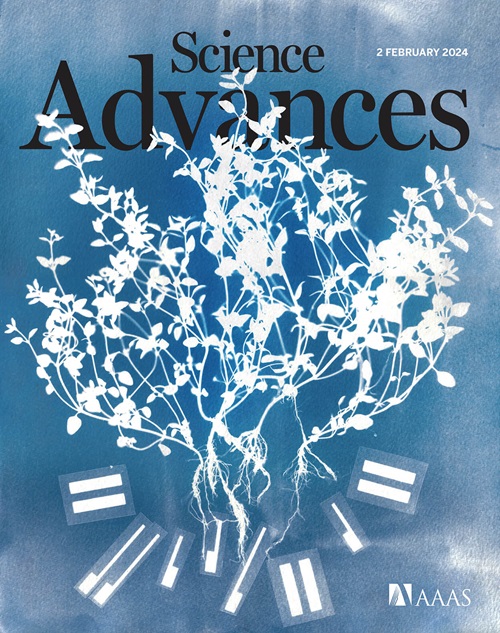Global cooling drove diversification and warming caused extinction among Carboniferous-Permian fusuline foraminifera
IF 11.7
1区 综合性期刊
Q1 MULTIDISCIPLINARY SCIENCES
引用次数: 0
Abstract
The fossil record provides the only direct evidence of changes in biodiversity over time. Patterns in more inclusive taxonomic levels (e.g., families and orders) often become more complex because of interactions between biological traits and environmental conditions across different evolutionary lineages. Using supercomputing and artificial intelligence algorithms, we analyzed a high-resolution global dataset of fusuline foraminifera—the most diverse marine fossil group from the Carboniferous to the Permian (~340 to 252 million years ago)—at an unprecedented temporal resolution of <45 thousand years. Our unbinned diversity reconstruction reveals unexpectedly simple diversity dynamics in this exceptionally well-preserved clade. We identify two (and likely a third) truncated exponential diversifications and four major diversity declines. During this interval, long-term cooling consistently promoted biodiversification, whereas warming events were closely linked to extinctions. These findings imply that the current rapid global warming, driven by anthropogenic CO2 emissions, represents a critical threat to modern ecosystems.
全球变冷导致石炭纪-二叠纪fusuline有孔虫的多样化,变暖导致灭绝
化石记录提供了生物多样性随时间变化的唯一直接证据。由于不同进化谱系的生物特征和环境条件之间的相互作用,在更包容的分类水平(例如科和目)上的模式往往变得更加复杂。利用超级计算机和人工智能算法,我们分析了一个高分辨率的全球有孔虫数据集——从石炭纪到二叠纪(约3.4亿至2.52亿年前)最多样化的海洋化石群——以前所未有的4.5万年的时间分辨率。我们的非分门别类的多样性重建揭示了在这个保存异常完好的进化枝中出乎意料的简单的多样性动态。我们确定了两个(可能还有第三个)截断的指数多样化和四个主要的多样性下降。在此期间,长期降温持续促进生物多样性,而变暖事件与物种灭绝密切相关。这些发现表明,目前由人为二氧化碳排放驱动的快速全球变暖对现代生态系统构成了严重威胁。
本文章由计算机程序翻译,如有差异,请以英文原文为准。
求助全文
约1分钟内获得全文
求助全文
来源期刊

Science Advances
综合性期刊-综合性期刊
CiteScore
21.40
自引率
1.50%
发文量
1937
审稿时长
29 weeks
期刊介绍:
Science Advances, an open-access journal by AAAS, publishes impactful research in diverse scientific areas. It aims for fair, fast, and expert peer review, providing freely accessible research to readers. Led by distinguished scientists, the journal supports AAAS's mission by extending Science magazine's capacity to identify and promote significant advances. Evolving digital publishing technologies play a crucial role in advancing AAAS's global mission for science communication and benefitting humankind.
 求助内容:
求助内容: 应助结果提醒方式:
应助结果提醒方式:


